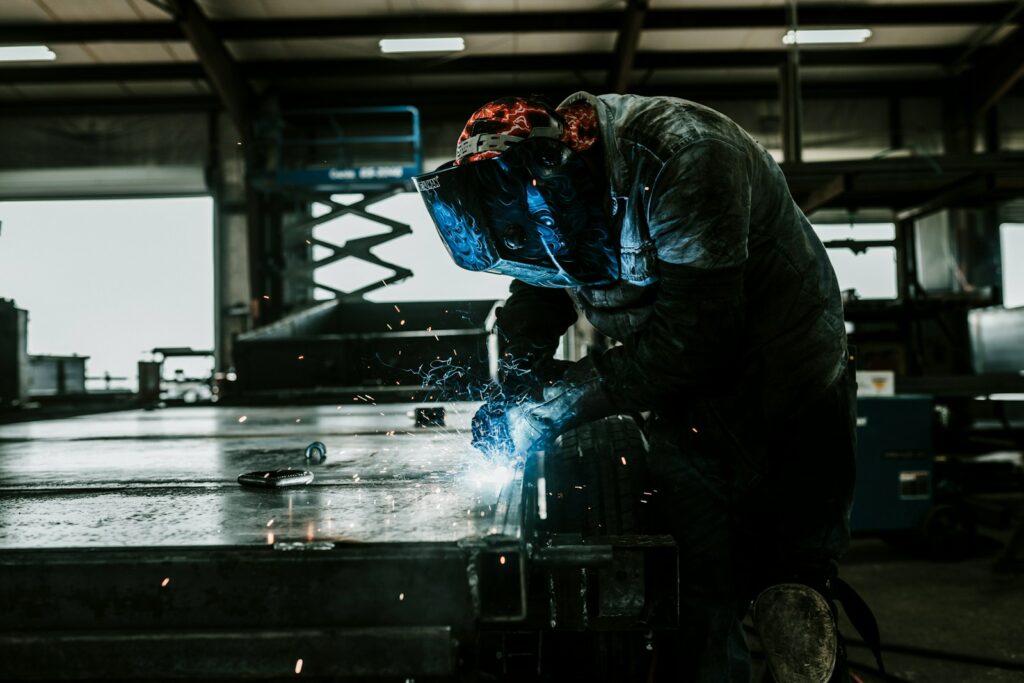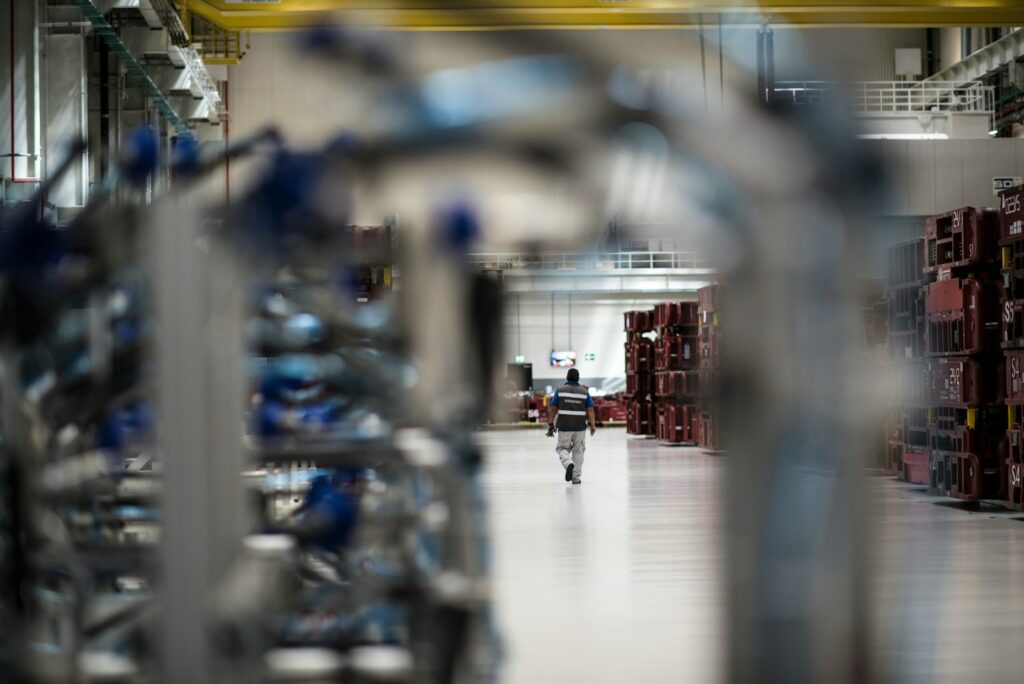The metaverse seems to be becoming more realistic by the day. Already scientists and innovators have been working on making digital touch more likely, as well as digital eating sync with real-life meals. Both of these inventions are still in their early stages but hint at the coming changes for the metaverse industry. The trend of blending the metaverse with real-life is not only just beginning, but will no doubt have big implications on the development of metaverse technology. Recently, scientists have begun looking into creating digital scents, the next step in hybridizing virtual environments with our real ones.
What are Digital Scents?
Digital scent technology is simply a device that stores and allows users to smell scents in a digital space. It’s a part of the Human-Computer Interaction (HCI). Creating a digital scent may be quite a lucrative endeavor, as a recent MIT report stated that the global perfume industry is worth $71 billion. Being able to create digital scents around certain virtual foods, activities, or locations would not only enhance the user experience but could also be a part of metaverse advertising. Many companies are looking to enter the metaverse to further their reach. These companies include restaurants, consumer goods, and event individual food companies, like Starbucks or Kraft Heinz. Having digital scents to go with these companies’ virtual products can make them more realistic and sellable, an attractive prospect for any potential advertiser.
How exactly are digital scents actually made? There are multiple processes to do this. Scents can be released naturally from a digital source, or by using a directed airstream. Odorants may be stored in a digital device and released by a cue. Heating odorants to create synthesized smoke, or diffusing odorants can also create scents that a user may identify. Digital scents can also be “created” by using electrical stimulation on the trigeminal nerve within the nose. In this case, scientists can stimulate the olfactory nerves in the nose to simulate a sense of smell. Unfortunately, research has yet to show that this process successfully works, as many studies are still ongoing.
The creation of digital scents actually spans decades. In 1999, the company Digiscents created the iSmell Personal Scent Synthesizer, which produced thousands of odors daily with a small cartridge containing 128 basic odors. Unfortunately, the synthesizer went belly up due to various factors, including a lack of investment, technical issues, and not enough market interest. The company did however inspire others to try to reproduce the synthesizer. Currently, Olorama Technology produces a similar device, as well as others that can be paired with a VR headset or even a TV for “smellivision,” as the company calls it.
What Can Digital Scent Technology Be Used For?
Besides metaverse advertising (discussed above), digital scents have many different applications. Digital scents can help to make an experience more realistic, such as a movie or virtual reality setting. This can be helpful for those using VR for school lessons, or police training, as it better engages users. Similarly, creating an artificial nose can help sniff out rotting food or pathogens. Artificial noses can help injured individuals regain their sense of smell, which in turn can help them with regaining a sense of taste as well. These noses can make a big impact on medicine and even look at air quality.
One of the organizations looking at digital scents is the Internet of the Senses Institute (IoS). They are focused on creating a platform that allows for all five virtual senses to occur: taste, smell, touch, sight, and sound. Their platform helps connect scientists to investors, as well as creates a like-minded community around virtual sensory experiences. Their work, and others, seem to be just the beginning in expanding the metaverse into more of a life-like world, complete with satisfying all of the senses.



















